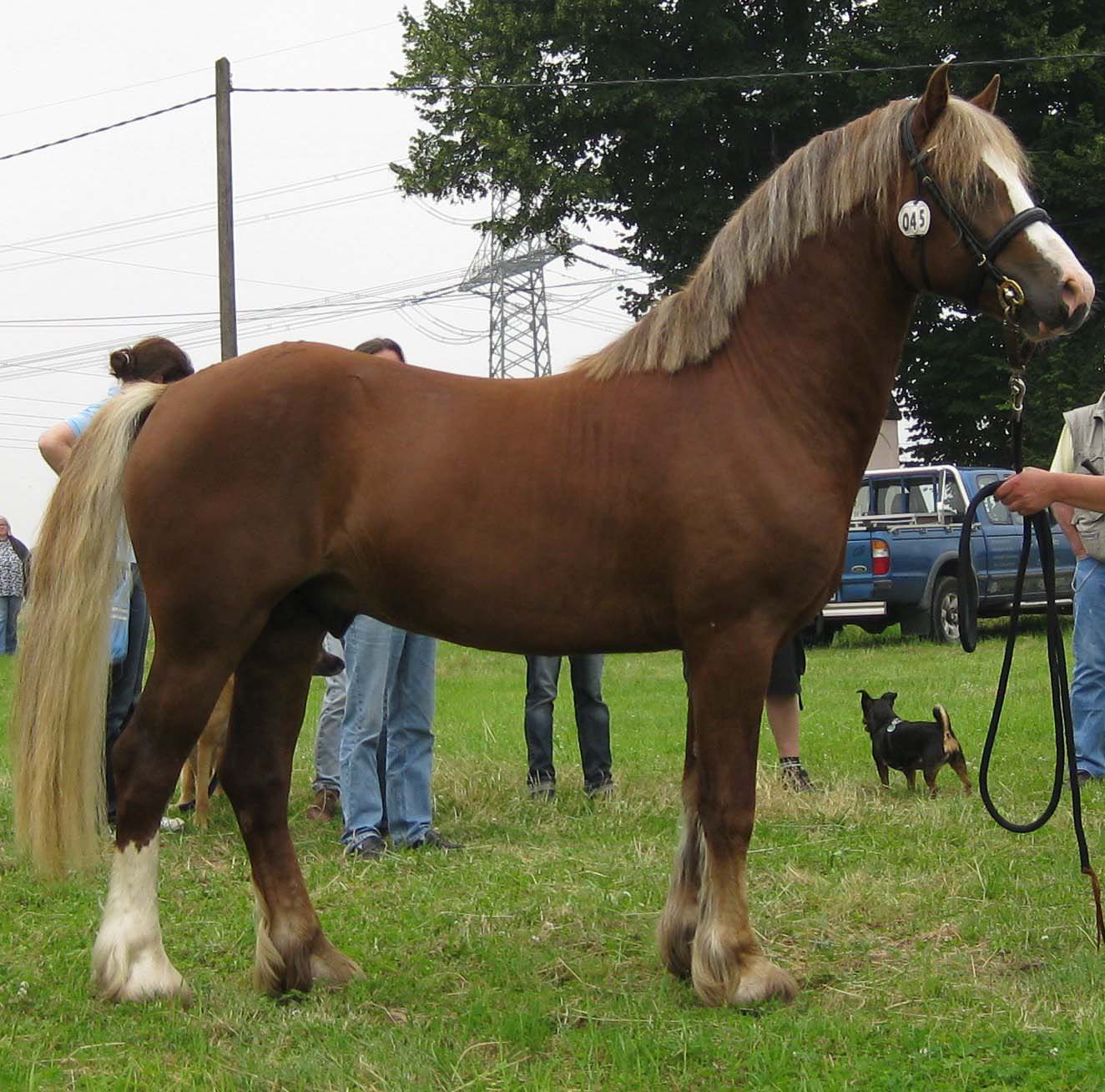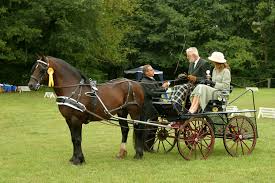
RARE BREEDS TRUST OF AUSTRALIA
powered by TidyHQHorses : Welsh Cob
Horses : Welsh Cob
Origin: Wales, Great Britain
Australian Status: WATCH
International Status: popular in its home country.
Arrived in Australia: Welsh ponies and cobs were among the earliest arrivals, certainly here by the 1820's. In July 1831 the Colonial Times (Hobart) reported, "There is a stout Welsh Cob that is just brought in, I think his name is Squeaker..." After the studbook was formed in 1901, many more came in, identified as Welsh Cobs.
Australian Population: 694 breeding aged mares (3-20) with a total population of 1103. - 2020
History: The Welsh Pony Stud Book in Britain was started in 1901, with four sections. The Welsh D was 14.2 to 15.2hh, but in 1907 the top height became open. In 1931 all cobs were put into section C, and were all sizes. In 1949 Section C was defined as 13.2hh to 14.2hh and Section D given its own section again and the heights of 13.2hh with no upper height limit.
Developed in Wales, probably from the Celtic pony with input from Roman horses and ponies. They've certainly been there over 1,000 years and become very hardy in the cold, exposed conditions. Welsh writings in 930 mentioned a type of powerful cob type used for pulling sledges. Great Britain had excellent horse laws for centuries, horses and ponies were allowed to roam freely in Wales, at times being a nuisance. The free life kept their natural instincts and kept them hardy and wise. In Henry VIII's time his notorious horse laws made sure all horses under 15hh were gelded. On a single ungelded pony being discovered he would have an entire village burned and the people slaughtered - this happened countless times. Welsh ponies survived in greatly reduced numbers in remote hills; height kept some cobs safe. Henry's horse laws were the first rescinded on his death.
Horses and ponies of other breeds went into Wales over the centuries. Thoroughbreds and Barbs were recorded turned out there such as Merlin (TB) in 1750 and an eastern horse named Apricot about 1800. Big horse fairs were held and the hill cobs had an excellent reputation as riding, driving and work horses - many thousands went into the mines. The Welsh Pony and Cob are said to look Arab like; although their Society says they've always looked like this there's no denying a strong infusion Arab blood went directly into the breed in the early twentieth century, through horses such as Skowronek (Lady Wentworth), Sahara and several others - all well documented. The Welsh D however, desired to remain a useful cob rather than a show animal, escaped some of this. However their heads became noticeably finer and the Roman nose disappeared, while white markings appeared - often extravagant. Early eastern influence may have come in with crusader horses brought back to England, and certainly from the days of Charles II who was racing mad which caused massive importations of eastern horses.
In 1908 new laws about ponies let go on Commons meant stallions had to be vet inspected annually and a licence paid for. This led to a more standard type due to far less stallions being released. Welsh ponies had been bay and chestnut colours until the Arab infusion of 1900 to 1920 led to grey in the breed - some Welsh sections became predominantly grey - but Section D remained basically bay and brown due to their legacy of Hackney blood. Hackneys could be registered as Welsh cobs until 1911.
When roads and vehicles improved in the nineteenth century Welsh cobs became outstanding trotters, covering distances at top speed and with style. Hackney blood went into them, and in turn Welsh cobs gave many lines to roadsters and their subsequent breed the Hackneys. The War Office in Britain paid a premium for Welsh D stallions in the early twentieth century as they were valuable for breeding military horses. In the 1930’s Depression and post WW2, mechanisation and poverty led to a rapid decrease in numbers - to the stage Welsh Pony and Cob studbooks were reopened to unregistered mares. These were inspected and first crosses to registered stallions were put into FS1 (Foundation Section One). The foals of those and a registered stallion became FS2. Foals of FS2 and a registered stallion could be registered as pure.
Welsh cobs have long enjoyed an excellent reputation as driving horses and ponies. Being weight carriers they can carry a well-built adult and are sought for trekking and hunting. They are enjoying a resurgence of popularity in Britain.
Breed traits: A cob. Over 13.2hh with no upper limit. All colours permitted except tobiano and overo. Ticking, white markings seen. Wall eyes allowed. Active strong cob. Head to be fine, no Roman noses. Big eyes. Small ears. Good length of rein, stallions crested. Correct conformation. Good extension to be seen in the trot. Hardy and good doers. A superlative driving cob with strength and style. Intelligent, active, good natured, strong willed,
Uses: Riding, driving, hunting, packing, trekking, pony club.
Breed Organisation: The Welsh Pony and Cob Society, Australia Inc. http://www.wpcsoa.com.au/ - a Part Bred Registry is also kept, of no upper or lower height limits, and of 12.5% and above Welsh blood. Australian Pony Stud Book http://www.apsb.asn.au/
Additional Notes: Foal chart for the past 5 years https://drive.google.com/file/d/1RmOE661giZp5cBsFAPPvD5Un16Tafj62/view?usp=sharing
Photo Top; A three year old Welsh Pony of section D, picture at Regionalschau IG-Welsh Regionalgruppe Rheinland. WikimediaCommons
Photo Bottom; Welsh D (cob) by MBurger, WikiMedia Commons.
page by Janet Lane
(population updated 16/06/2020 by A.Y.)
